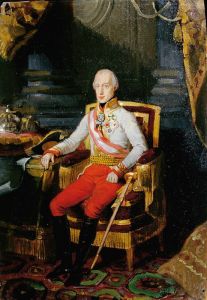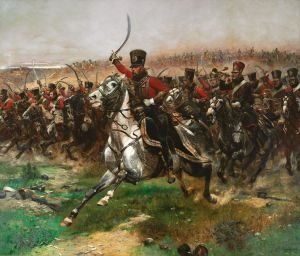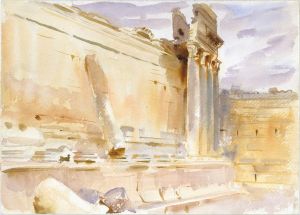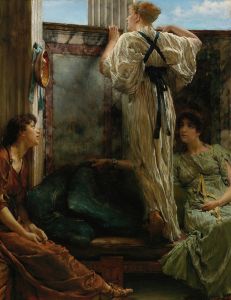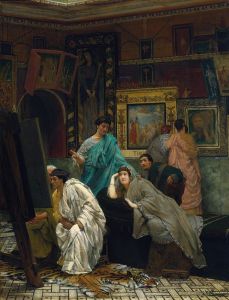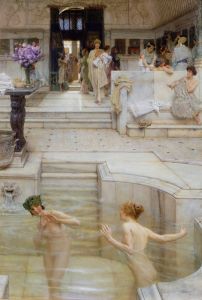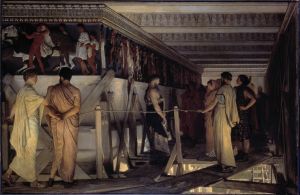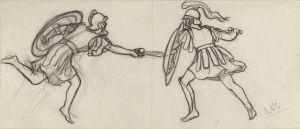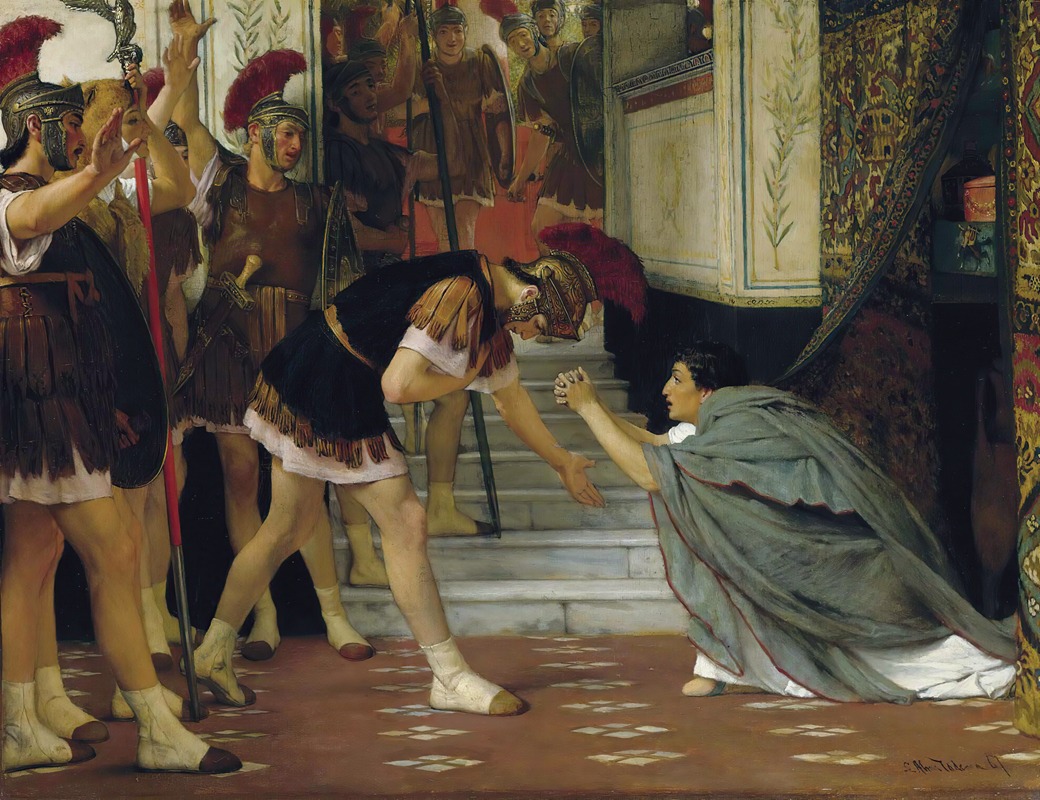
Proclaiming Claudius Emperor, Opus XlVIII
A hand-painted replica of Lawrence Alma-Tadema’s masterpiece Proclaiming Claudius Emperor, Opus XlVIII, meticulously crafted by professional artists to capture the true essence of the original. Each piece is created with museum-quality canvas and rare mineral pigments, carefully painted by experienced artists with delicate brushstrokes and rich, layered colors to perfectly recreate the texture of the original artwork. Unlike machine-printed reproductions, this hand-painted version brings the painting to life, infused with the artist’s emotions and skill in every stroke. Whether for personal collection or home decoration, it instantly elevates the artistic atmosphere of any space.
"Proclaiming Claudius Emperor, Opus XlVIII" is a painting by the renowned 19th-century artist Sir Lawrence Alma-Tadema. Completed in 1867, this work is a prime example of Alma-Tadema's fascination with the ancient world, particularly the Roman Empire, which he often depicted with meticulous attention to historical detail and a romanticized vision.
The painting illustrates a pivotal moment in Roman history: the proclamation of Claudius as Emperor. This event occurred in 41 AD following the assassination of Emperor Caligula. Claudius, who was initially considered an unlikely candidate due to his perceived physical disabilities and scholarly disposition, was found hiding behind a curtain in the imperial palace by the Praetorian Guard. Recognizing an opportunity, the guards declared him emperor, a decision that Claudius accepted, marking the beginning of his reign.
Alma-Tadema's work captures the dramatic and unexpected nature of this historical moment. The composition is characterized by its dynamic arrangement and the detailed depiction of Roman architecture and attire, which are hallmarks of Alma-Tadema's style. The artist's background in archaeology and his extensive research into Roman history are evident in the painting's authenticity and the intricate details of the setting and costumes.
In "Proclaiming Claudius Emperor," Alma-Tadema employs a rich color palette and precise brushwork to convey the opulence and grandeur of the Roman Empire. The figures in the painting are rendered with a sense of realism and individuality, reflecting the artist's skill in portraiture. The expressions and postures of the characters suggest a range of emotions, from surprise and apprehension to acceptance and authority, capturing the complexity of the historical event.
The painting is also notable for its composition, which guides the viewer's eye through the scene, highlighting the central figure of Claudius and the surrounding guards. Alma-Tadema's use of perspective and spatial arrangement creates a sense of depth and movement, drawing the viewer into the narrative.
"Proclaiming Claudius Emperor" is part of Alma-Tadema's larger body of work that explores themes of power, politics, and the human condition through the lens of ancient history. His paintings are celebrated for their ability to bring historical events to life, offering viewers a glimpse into the past with a blend of artistic imagination and historical accuracy.
Today, Alma-Tadema's works, including "Proclaiming Claudius Emperor," are held in high regard for their contribution to the genre of history painting. They continue to be studied and appreciated for their artistic merit and their role in shaping the popular perception of ancient Rome. The painting is a testament to Alma-Tadema's enduring legacy as an artist who bridged the gap between history and art, creating works that resonate with audiences both in his time and in the present day.





